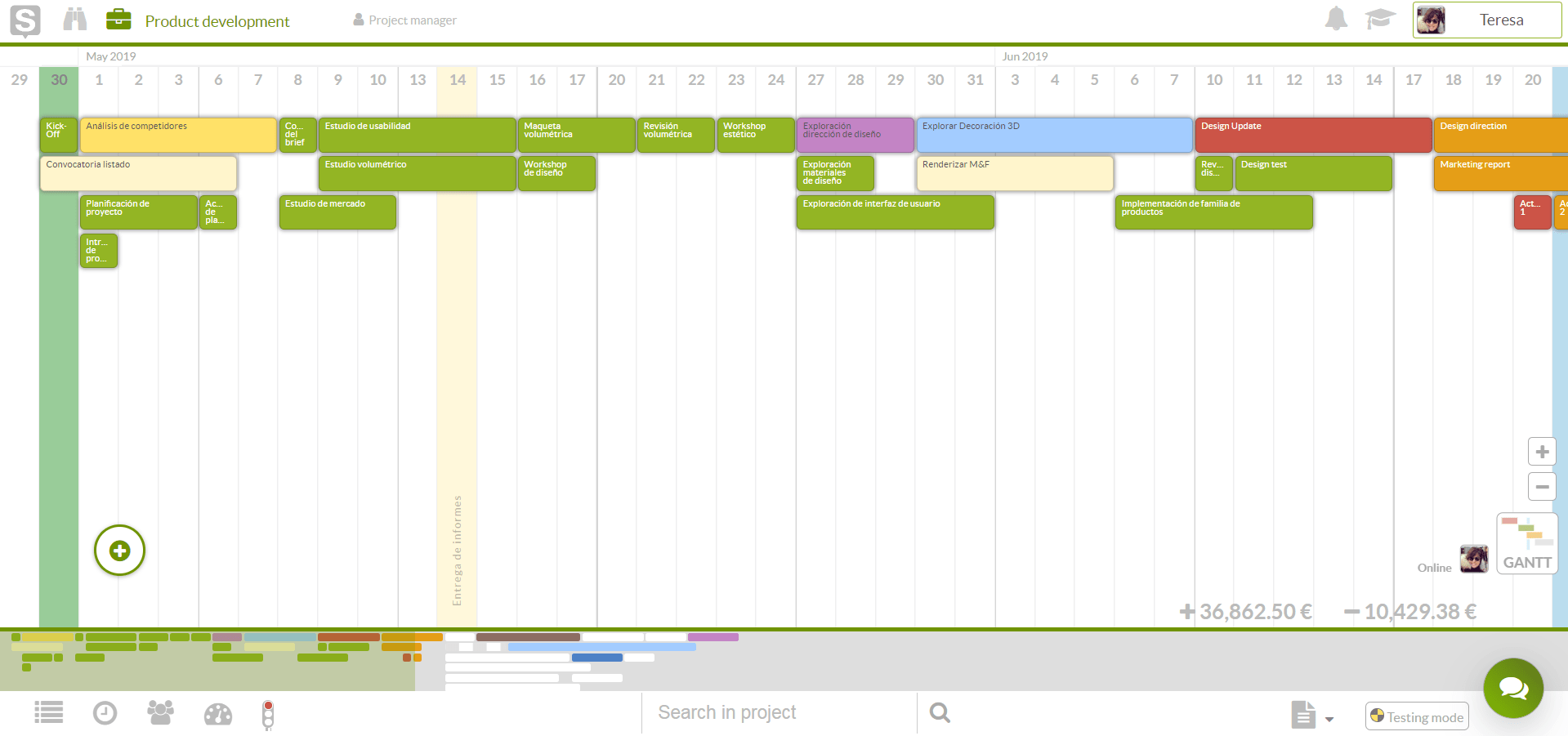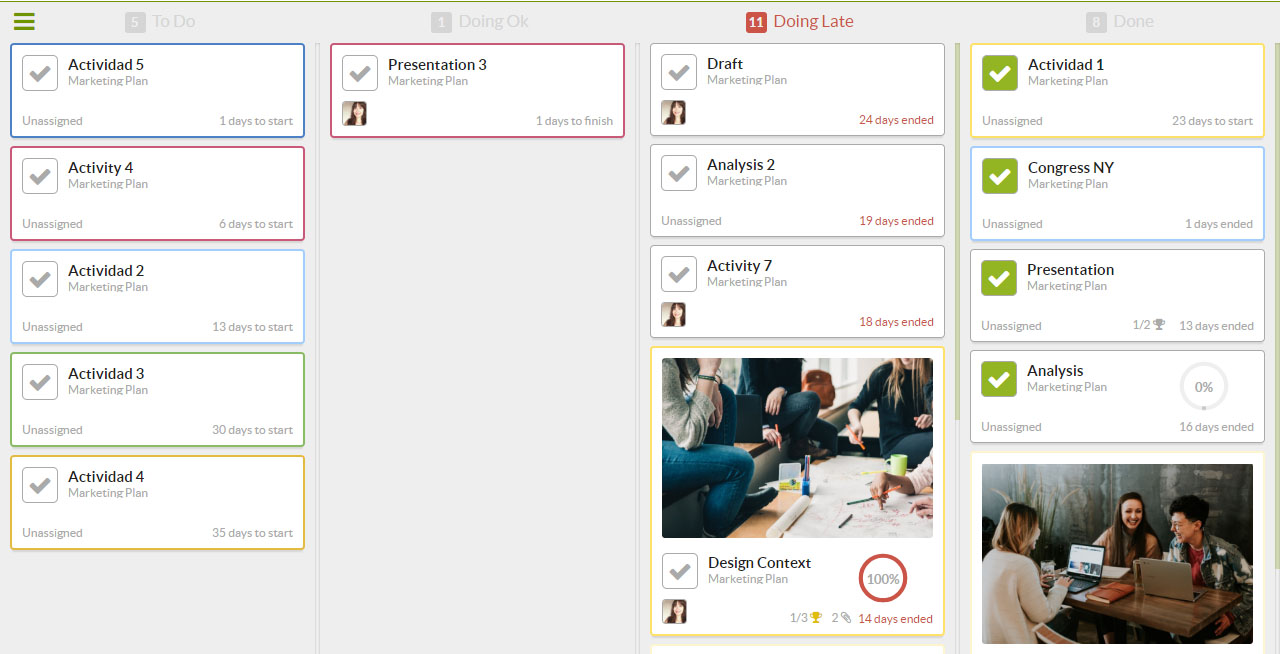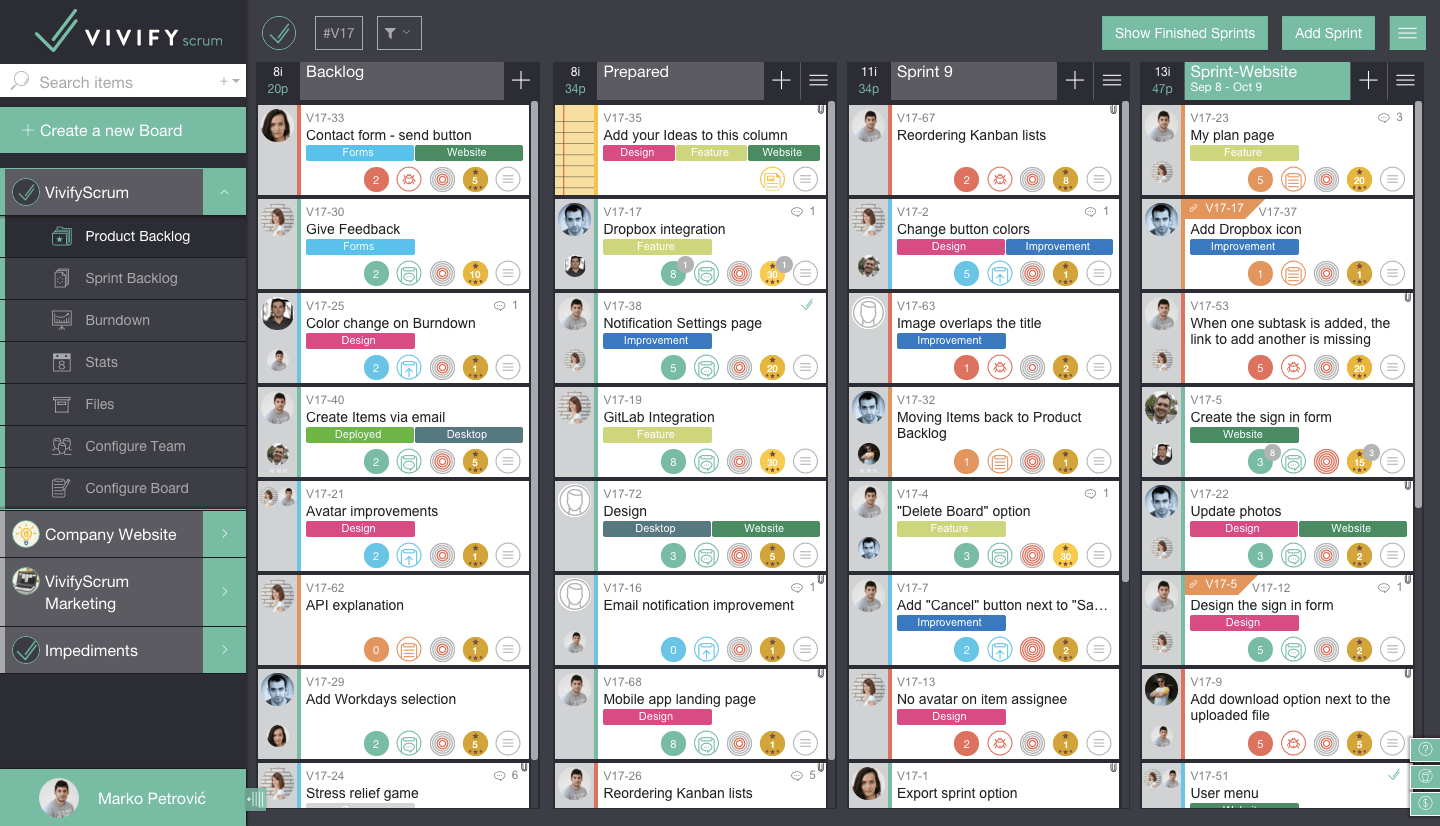Sprint software development is one of the essential activities in Scrum software. Since it requires that the project team to deliver working software to its stakeholders in the shortest time possible, Scrum allots a time-frame for each iteration activity – typically falling between periods of 2- to 4-weeks.

In this article, we will discuss various sprint management software like Sinnaps, Wrike, Asana, etc., with which you could improve your sprint activities while engaging in agile sprint. These tools are great for sprint in programming, or sprint in software engineering – whatever sprint activity, the goal remains to bring effectiveness and productivity to your sprint activities.
Sprint Software
Sprint software are essentially scrum productivity tools which are designed to help product development teams all over the world follow the Scrum methodology much more accurately and with a lot of added efficiency. Although originally designed for Agile software development, these tools find use in other areas including in engineering firms, marketing, and lots more.
Some of these tools are complete collaboration software, while others are simple, stand-alone tools which serve specific purposes. For example, you could find a tool which is essentially a sprint backlog software, and then there are others with a complete set of tools and functionality, incorporating a whole lot of project management features including sprint planning, time tracking, scheduling and more. Others like Jira multi project sprint even allow for combining multiple projects into one sprint. All you need do is edit the Jira software sprint field to add your information.
Sprint Software Development
Sprint software development has brought a lot of improvements to projects today. Let’s look at some of the products of sprint software development that allows for integrating work content and process more tightly in order to achieve more efficient projects:
Please note that these tools are not listed in any particular order
- Wrike – This is an awesome software for online project management, designed to improve collaboration between teams and enable managers participate in prudent management of product resources. Available functionalities include tracking, monitoring, budgeting, resource planning and more.
- Sinnaps – A complete, standalone collaboration software a simple-to-use Agile project management environment within a simplified interface. This tool adds structure and effectiveness to Agile project management teams with a rich display project data, allowing for increased monitoring, mobile integration, data sharing, team collaboration, scheduling and more. Checkout Sinnaps for details including pricing and much more.
Project Planning

Agile dashboard based on Kanban

- Scrumwise – Offers a friendly and intuitive interface, and has features that seen it become one of the favourites of industry users over the years. Some of it features include easy backlog and sprint burndown chats, visualization, mobile integration and more
- VivifyScrum – Yet another well-balanced tool with specific features which make for a great Scrum tool. This tool offers features such as easy reporting, integration, product backlog, sprint and burndown as well as tracking.

- Jira – A great team for managing Scrum teams, with lots of project management capabilities which bring increased productivity to teams. The software offers backlogs, dependencies and sprint planning tools with intuitive interface as well as integration capabilities
- Others include nTask, MS Project Sprint, Yodiz, ScrumDo and lots more.
Sprint in Software Engineering
In Scrum software development, the development stages (sprint) are divided into several phases, with each resulting in the creation of a ready-t- use-product. And Scrum is a good way to get your projects to fall in line with the principles of Agile manifesto. Let’s look at some of the phases involved in a scrum model:
- Creation of product backlog – This document contains a list of some of the essential features that are to be executed during the development process. This list is ordered by priority, with every item called a user story
- Sprint planning and backlog creation – This is the process where you plan for your sprint. You may decide to go for a longer sprint, where your development team have more time for more thorough work, or you could make it shorter for faster release. After you’ve made your decision, you could have your team determine what the most important user story is, so the team can prepare towards finishing it
- Work on the sprint – After you’ve determined which user story is important, you can have your team begin work in earnest. To keep track of what stories have been worked on, as well as that which is being worked on, you could use boards and sticky cards with indications regarding what stage they’re in; “To Do”, “In progress” or “Done”
- Test the product – In keeping with the ideals of Scrum, which entails producing working software, the full life-cycle testing process is therefore very important
- Hold a sprint retrospective – This session is for discussing the results of your work. Identify what worked, what didn’t and identify ways to improve
Online Project Management Report

Among other advantages, Scrum allows for breaking down of projects, no matter how large or complex, into a series of bit-sized pieces, and completed incrementally during sprints. This makes managing a project a lot easier and allows for faster and more frequent release of working software or the product of the project.
But in reality, many teams struggle when it comes to keeping with the idea of delivering a working increment during a sprint. This, maybe attributed to a whole lot of reasons, and you may site technical and organisational impediments, but quite frankly, everyone just doesn’t want to feel responsible for causing a project to fail. So, what do project managers do? How do they get their development team to overcome the impediments keeping them from living up to the principles of Scrum? Through a tool that allows working with sprints.

